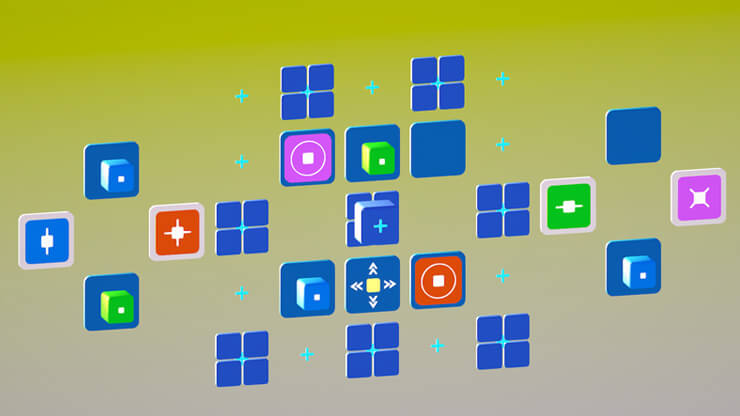Cubether is a game about tethering cubes correctly, and in the process, showed me that I had to think outside the cube box, sometimes.
As a kid, I loved putting differently-shaped blocks into their respective spots. The toy was to (presumably) teach me about spatial recognition. Kid me just felt satisfied watching gravity put each block in its rightful place. Cubether’s Michal Barszczewski showed me a similar lovely creation. For a moment, I saw out of the corner of my eye the cube placing toy I had as a child. A puzzle lover myself, I felt a strong connection (no pun intended) to its minimalistic aesthetics and functions. It is a game where you discover, one tether at a time.

As I slid, swapped, and collaborated with my fellow cubes, I soon found that each strength (different cubes can merge, enlarge, reduce, or do other things) could be played to my advantage. Sometimes the cubes presented their own challenges. That’s when my spatial dexterity and critical analysis came in. Sometimes, I forgot that the blocks all behaved in specific ways. Getting stuck was not the way to go, but I soon found it.
I played through many levels, and a lot of them had simple, yet challenging puzzles. Oftentimes, I had to think if it was the right move to slide one cube. I may have gotten locked in a few times, but restarting was always an option when mistakes were abundant. The game is very relaxing despite its challenges. For one, I did not have to worry about a timer. I could solve it when I needed a good mental workout, and I was not further stressed by a time limit. Cubether has shown me that observation and improvisation are the makings of good people, but collaboration between people is what gives us our humanity. I’m very grateful to be a part of that experience.
Cubether is available now on the App Store.

